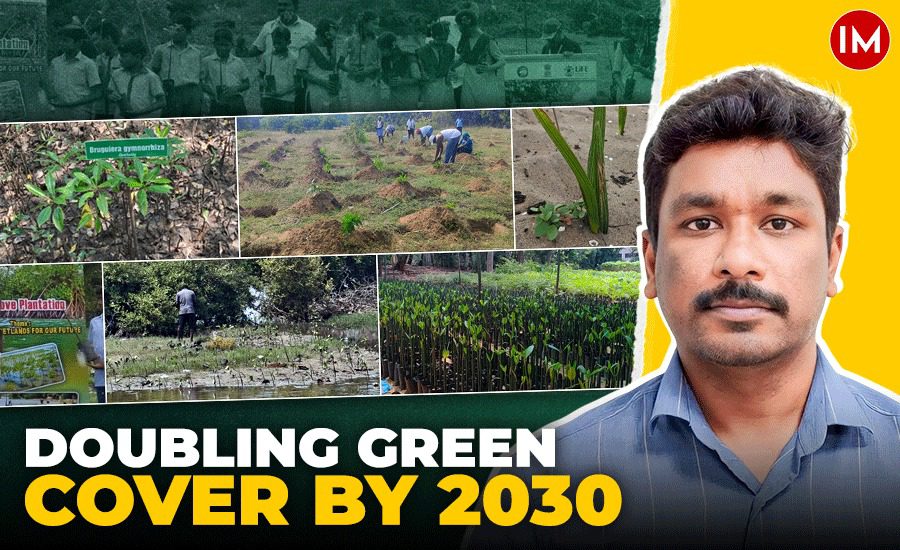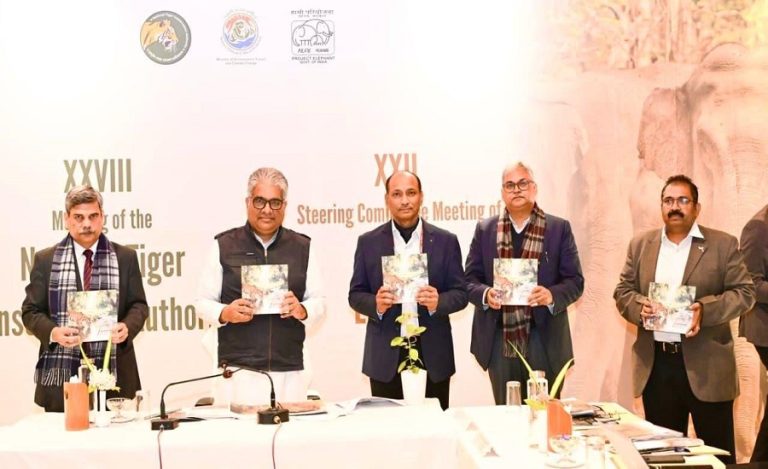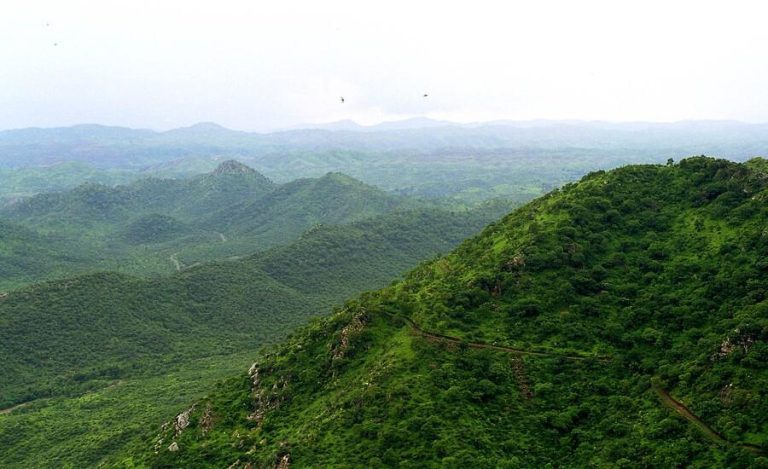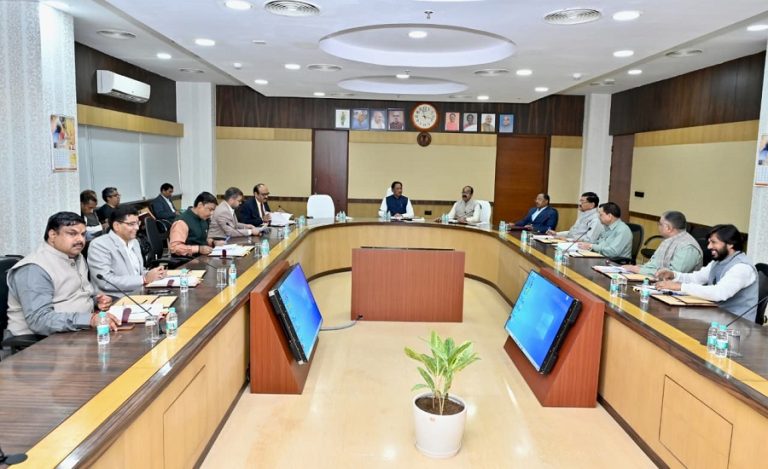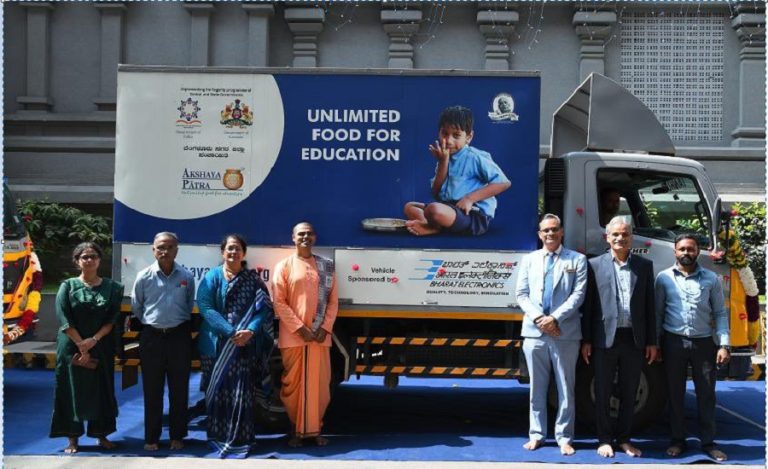Puducherry, a compact union territory with limited land and diverse ecological challenges, is steadily expanding its green cover through a combination of strategic planning, technology, and active community engagement. Leading these efforts is IFS officer Dr P. Arulrajan, Conservator of Forests and Chief Wildlife Warden from the 2009 batch. With two PhDs, a law degree specialising in cyber law and forensics, and 3 postgraduate diplomas across multiple disciplines, Dr Arulrajan applies a multidisciplinary approach that combines scientific expertise, administrative skill, and innovative strategies to address environmental needs across urban, coastal, and rural areas of the territory.
His approach integrates scientific planning, public participation, and administrative coordination to tackle ecological challenges comprehensively while promoting sustainable development for future generations.
CURRENT STATUS, TARGETS AND URBAN GREENING
Puducherry’s green cover currently stands at 12.57%, which includes forest areas, tree cover outside forests, and other green zones such as urban parks and protected areas. Dr Arulrajan has set a target to increase this to at least 24% by 2030. “Through the initiatives I am proposing and implementing, we aim to achieve a minimum of 24% green cover by 2030,” Mr Arulrajan shared in a conversation with Indian Masterminds.
Achieving this ambitious goal requires planting millions of saplings annually, even in the face of limited space, scarce land, and dense populations. Last year alone, the department planted between 5.5 and 7 lakh saplings across mangroves, urban zones, and protected areas covering just 2.26 hectares, demonstrating that systematic planning and effort can create visible results even in small territories.
Urban greening is a core focus of the strategy. The 3:33:333 approach encourages residents to ensure that 3 trees are visible from their homes, 33 trees are planted per street, and 333 trees exist within a 100-metre radius. “When you open your window or door, three trees should be visible to you, making greenery a part of daily life,” Dr Arulrajan explains. To support this, the department distributes free seedlings over one meter tall, including fast-growing species such as bamboo, which thrive quickly and require minimal maintenance. In apartments and high-rise buildings, large potted saplings are provided to maximise greenery in limited spaces. Over 5 lakh seedlings were produced last year, and distribution is ongoing, pending official inauguration. These efforts aim not only to increase the number of trees but also to integrate greenery into daily life for residents, enhancing both environmental and aesthetic quality.
COMMUNITY, COASTAL AND WETLAND INITIATIVES
Community participation plays a crucial role in ensuring the survival and care of planted trees. “Hugging a tree encourages people to nurture it consistently and feel connected to the environment,” says Dr Arulrajan. This initiative builds on previous programmes such as “Thakur Thanimaram” or “Ek Paid Maa Ke Naam,” where residents planted trees in their mothers’ names. Through this effort, between 2.5 and 3 lakh saplings were planted by schools, government agencies, police, lawyers, and media organisations. Cleared dump yards and unused lands were creatively repurposed, highlighting how public involvement can complement government-driven efforts.
Coastal regions of Puducherry face additional challenges, including salinity intrusion, wind erosion, and shifting sands. Palm trees with shallow roots act as the first protective layer, filtering saline water, while casuarina trees provide wind resistance and long-term structural stability. “Our multi-layered coastal planting begins with palm trees and is reinforced with casuarina for protection against strong winds,” Dr. Arulrajan told Indian Masterminds.
Over 80,000 casuarina trees were planted at a demonstration site in Ammavanam, achieving full survival through immediate replacements. Additionally, 174 miniature ponds were constructed to collect monsoon rainwater, providing a steady water supply throughout the year and helping plants thrive in sandy, low-retention soils.
Wetland restoration has also been prioritised to improve biodiversity and water management. Under Dr Arulrajan’s guidance, 152 wetlands were cleaned using NREGA workers and self-help groups, with at least 100 trees planted per site based on water quality. This has enhanced habitats for birds, insects, and other wildlife, while also creating natural buffers that prevent environmental degradation and support sustainable rural ecosystems.
TARGETED PLANTATIONS, INNOVATIONS AND FUTURE OUTLOOK
Site-specific plantations are carefully designed to meet local environmental requirements. Neem trees are planted in areas affected by sulphur pollution, while teak trees are used to reduce dust and noise pollution. “We carefully select species that address local ecological challenges while maintaining harmony with the surroundings,” Dr Arulrajan explains. Multi-layered planting from shrubs to 15-metre trees provides environmental protection, ecological balance, and aesthetic value while avoiding species that may attract excessive birds or insects in residential neighbourhoods.
Innovative initiatives include carbon-neutral elections. In collaboration with the Chief Electoral Officer, Puducherry University, and NGOs, the department calculated the carbon footprint of the parliamentary elections and planted trees to offset emissions, including those from voters’ breathing. “We calculated the carbon footprint of the elections and neutralised it entirely through tree planting, an initiative unique in India,” he states.
Mangrove restoration has exceeded government targets, with 3.5 lakh saplings planted this year and 6 lakh seeds maintained in nurseries for ongoing planting. Sand dune stabilisation uses grasses such as Ravan’s Moustache (Spinifex littoreus) to prevent micro-desertification caused by shifting sands.
Administrative support is crucial for the success of these initiatives. “Our Chief Secretary, Mr Sharat Chauhan, and our Governor, Mr K. Kailashnathan, provide unwavering support, enabling the rapid execution of innovative projects,” Dr Arulrajan acknowledges. With backing from the Chief Minister and Forest Minister, strategies are implemented efficiently across all four regions of Puducherry—Pondicherry, Karaikal, Mahe, and Yanam.
Dr Arulrajan’s multidisciplinary expertise ensures that initiatives are executed with both scientific and legal precision. Future plans include the use of solarisation and drone technology to monitor and maintain plantations effectively. Visible ecological improvements, such as cleaner surroundings, expanded green cover, and enhanced biodiversity, are expected within two to five years, making Puducherry a more environmentally sustainable and balanced territory.

